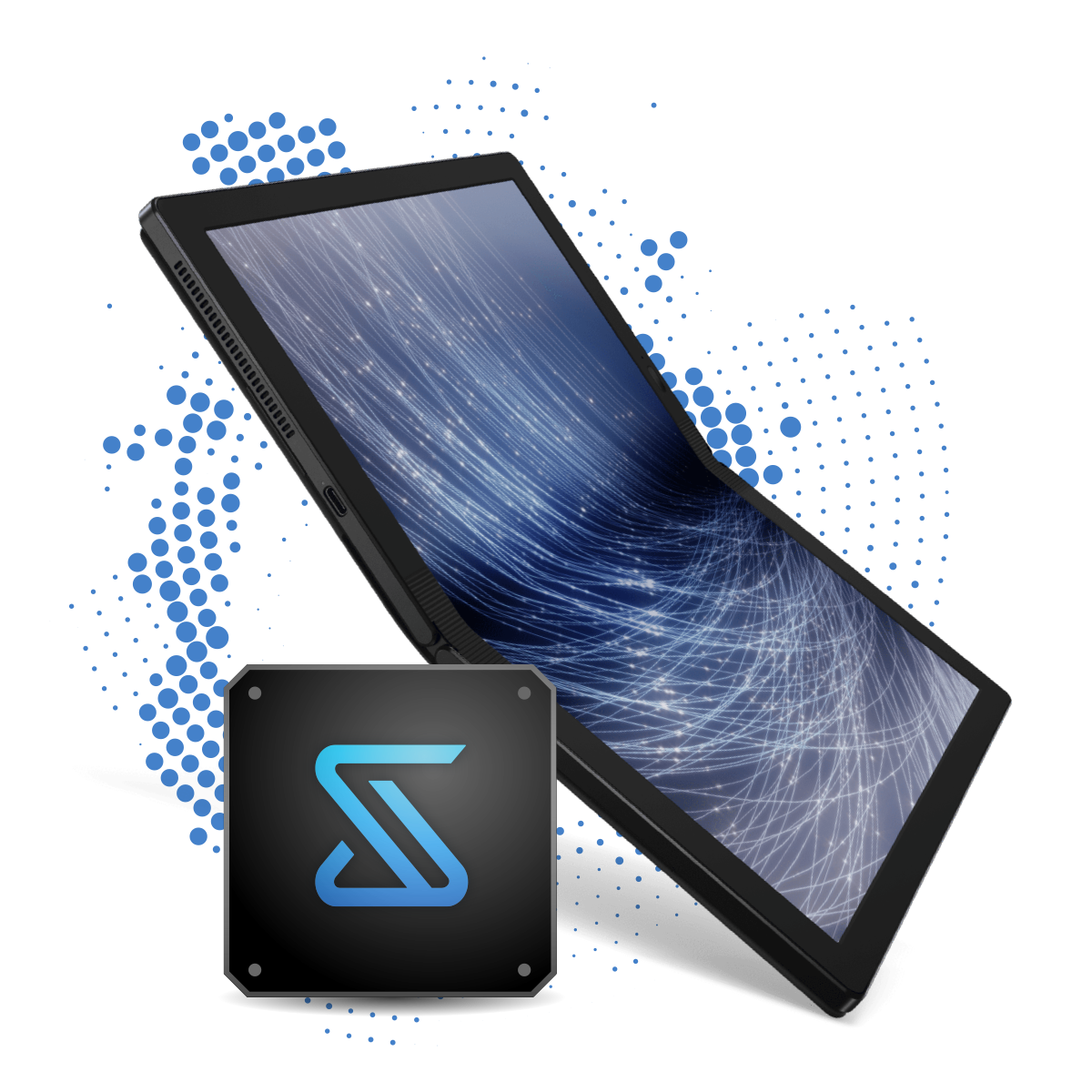
SigmaVision®
Global shutter, capacitive imaging at high performance report rates. AI and machine learning applications benefit from access to high-fidelity information with a high frame rate for reporting.
Continuous, high impedance sensing delivers radically intuitive experiences

Touch and touch-less enabled interactivity that overcomes the barriers of thinner stacks and high capacitive loads with continuous, high impedance sensing. Achieves higher sensitivity, ultra-fast report rates, and superior signal-to-noise ratios at minimal drive voltages across a range of display types, forms and factors. SDC300 is now production ready.
Download product briefThis unique technology delivers extraordinary levels of sensing speed, accuracy, resolution, and noise immunity, opening the door to a new era of human-centered innovation powered by limitless touch and touch-less solutions, immersive experiences, and endless innovative applications.
Suitable for these solutions:

News
AUSTIN, Texas – September 17, 2024 – SigmaSense, the global leader in high-precision sensing, today announced that Zebra Technologies has enabled its new ET60W/ET65W (ET6x) Windows Rugged Enterprise Tablets with SigmaSense AI Touch sensing. Zebra is the first rugged enterprise […]
Read the articlePropel your design into the next generation, connect with one of our experts.
Contact Us